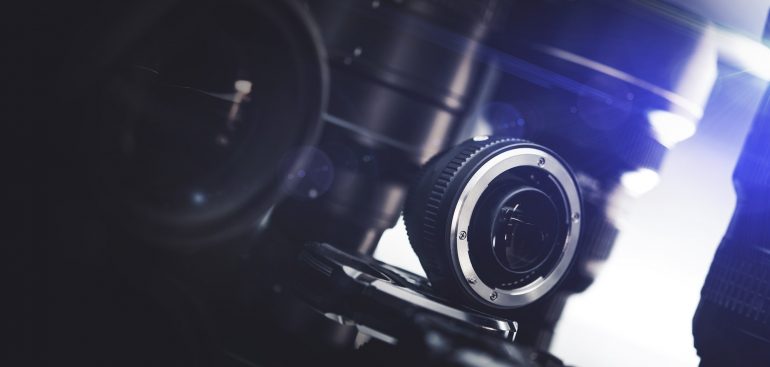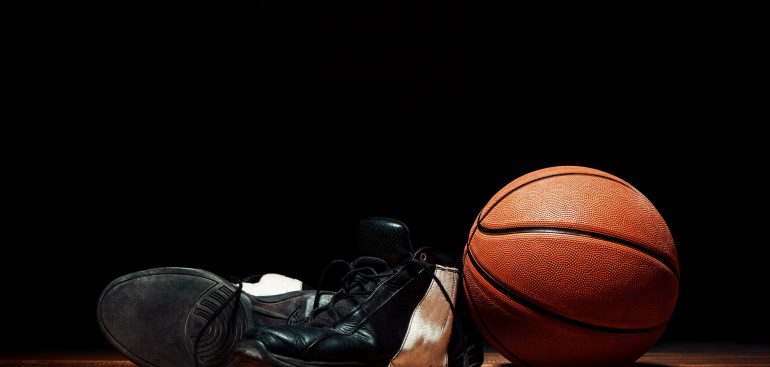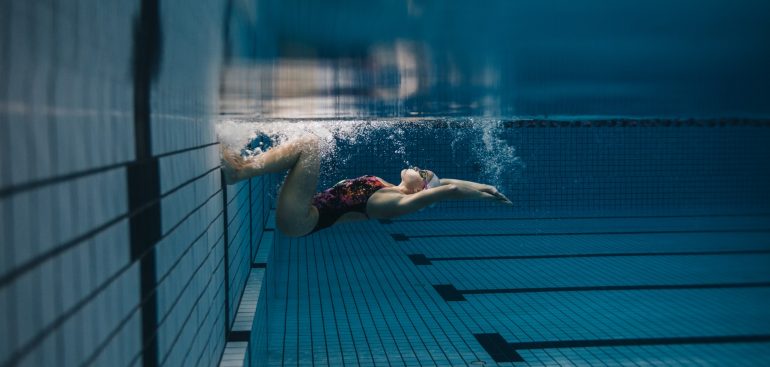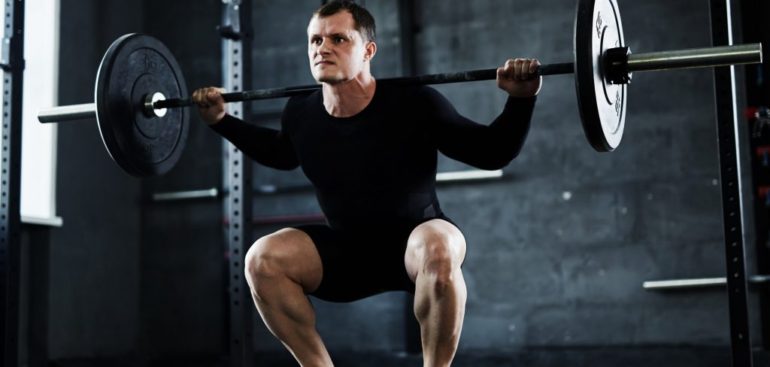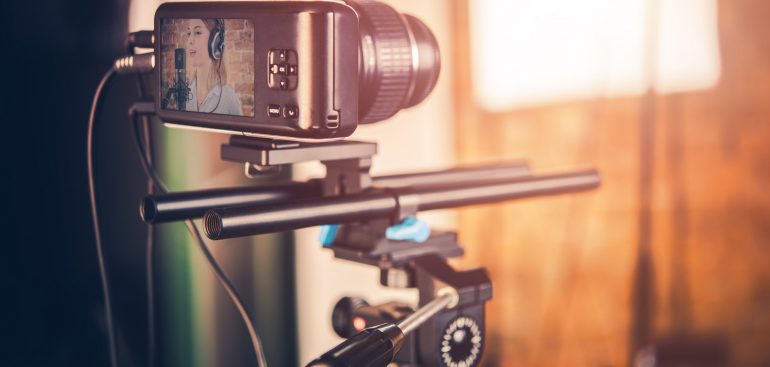Theia’s Markerless Motion Capture: First Ever Validated as Accurate as Marker-based Systems!
Posted 2021-08-04
Yesterday, a third scientific validation study of Theia Markerless’s AI-driven motion capture technology was published in the Journal of Biomechanics. Titled “Concurrent Assessment of Gait Kinematics Using Marker-based and Markerless Motion Capture” this study is part of a series that has validated the accuracy of Theia’s markerless motion capture system against the traditional, industry standard of marker-based, infrared motion capture. This is the first, ever, third party verification that a markerless motion capture technology is as accurate, repeatable, and reliable as marker-based motion capture with regards to measuring and quantifying human movement by breaking it down to its component forces and angles.
“We are very excited to see this study published,” said Scott Selbie, CEO and co-founder of Theia Markerless, “It confirms our belief that markerless technology is the future of motion capture. Our data-driven approach will only grow in utility and versatility in the coming months and years, and we will continue to shift the needle towards accessible and accurate data on human movement.”
The previous studies in this series focused on the inter-session repeatability of markerless motion capture and whether it can be used to assess gait (how people walk) as well as marker-based systems. Combined, these studies show that Theia’s motion capture is a viable alternative to marker-based systems, even when measured using the most rigorous scientific standards of biomotion.
The previously published studies in this series are:
Adopting Markerless
Dr. Kevin Deluzio and Dr. Elise Laende discuss their use of Theia3D in the lab.
Check out the latest Theia3D validation studies!
Concurrent Assessment of Gait Kinematics Using Marker-based and Markerless Motion Capture
Assessment of spatiotemporal gait parameters using a deep learning algorithm-based markerless motion capture system
Kanko, R., Laende, E., Strutzenberger, G., Brown, M., Selbie, S., DePaul, V., Scott, S., & Deluzio, K. (2021, June 9). https://doi.org/10.1016/j.jbiomech.2021.110414
(Archived preprint https://engrxiv.org/j4rbg/)
Inter-session repeatability of Theia3D markerless motion capture gait kinematics
Kanko, R., Laende, E., Selbie, S., & Deluzio, K. (2020, June 23). https://doi.org/10.1016/j.jbiomech.2021.110422
(Archived preprint https://www.biorxiv.org/content/10.1101/2020.06.23.155358v1)

